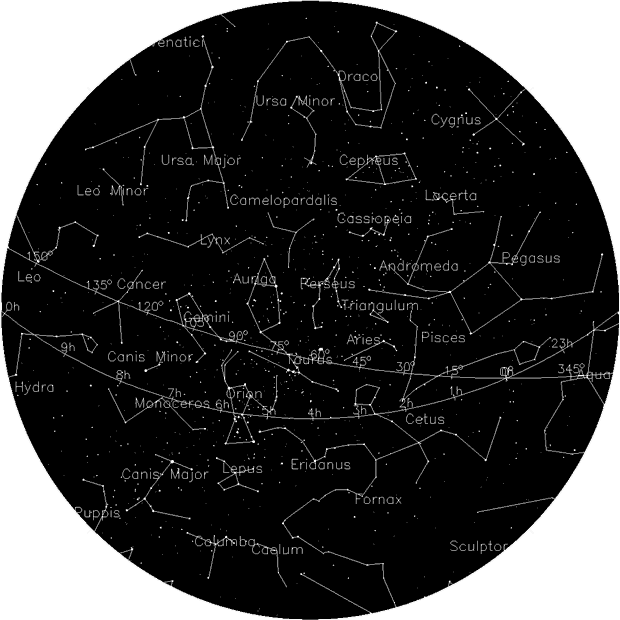DARK SKY HAPPENINGS - January 1019 Moab Dark Skies mission is to promote the appreciation and conservation of Moab’s valuable and rare dark skies. The Moab Dark Skies was established by the Friends of Arches and Canyonlands Parks in conjunction with the National Park Service and Utah State Parks Division of Natural Resources.
In November the world’s dark-sky community rendezvoused in Utah for two conferences. The first was the International Dark-Sky Association annual conference, focused on education and advocacy. The second was the Artificial Light At Night (ALAN) conference, featuring the latest research on outdoor lighting technology and the effects of outdoor lighting on ecology, including humans. This year’s ALAN was sponsored by the University of Utah Dark Skies Studies interdisciplinary program, the first of its kind. Two Moab Dark Skies members were present to learn and share – Crystal White, Assistant Park Manager / Night Sky Ranger, Dead Horse Point State Park; and Kalen Jones, Moab City Council Member and architect.
Emily Moench from the Utah Office of Tourism (UOT) spoke about astro-tourism on the Colorado Plateau. It is expected to continue to grow at an accelerating rate over the coming years. Which is not surprising given that more and more people are valuing the opportunity to view pristine starscapes, and the Colorado Plateau is one of the darkest places in the developed world. She related astro tourism to the UOT Red Emerald Initiative, which rather than just encouraging more visitation, focuses on attracting visitors who “stay longer, spend more and engage more deeply with the local community, distributing traveler visitation throughout Utah and encouraging a community-led vision for tourism development.” Astro-tourism fits in well as it requires at least one night and two meals at a destination, shifts time of visitation at popular sites, and expands the visitors’ experience. It was encouraging to hear that UOT is considering the quality of tourism, and the capacity limitations of popular destinations such as the Mighty Five Utah national parks. Cooper Farr, Director of Conservation for the Tracy Aviary, shared their Salt Lake Avian Collision Survey, a citizen science research initiative with an aim to better understand the impact of Salt Lake City’s light pollution on migratory birds. By surveying urban areas, places that pose some of the greatest risks to migrating birds, they improve understanding of the magnitude of the issue and how to decrease impacts on Salt Lake’s birds. While the scale and brightness of urban buildings results in significantly greater mortality than rural towns such as Moab, there were relevant ancillary lessons. Lighting can create impacts that are still little understood, but at least partially mitigable through lighting modifications that still maintain functional illumination. Such as shielding, and turning out lights that aren’t in use. In the case of SLC that included unoccupied office buildings, but examples at home are plentiful. Next month Crystal will report on new research from ALAN. Until then, stay warm as you enjoy the winter stars during Moab’s quiet season. Moon Happenings Jan 13 - First Quarter at 11:45 pm Jan 20 - Full Moon at 10:16 pm . |
|||||||||||||||||||||||||||||||||||||||||||||||||||||||||||||||||||||||||||||||||||||||||||||||||||
